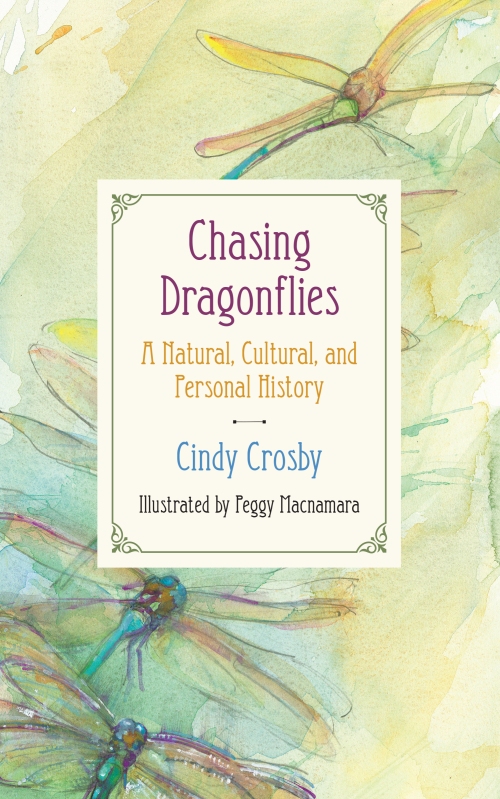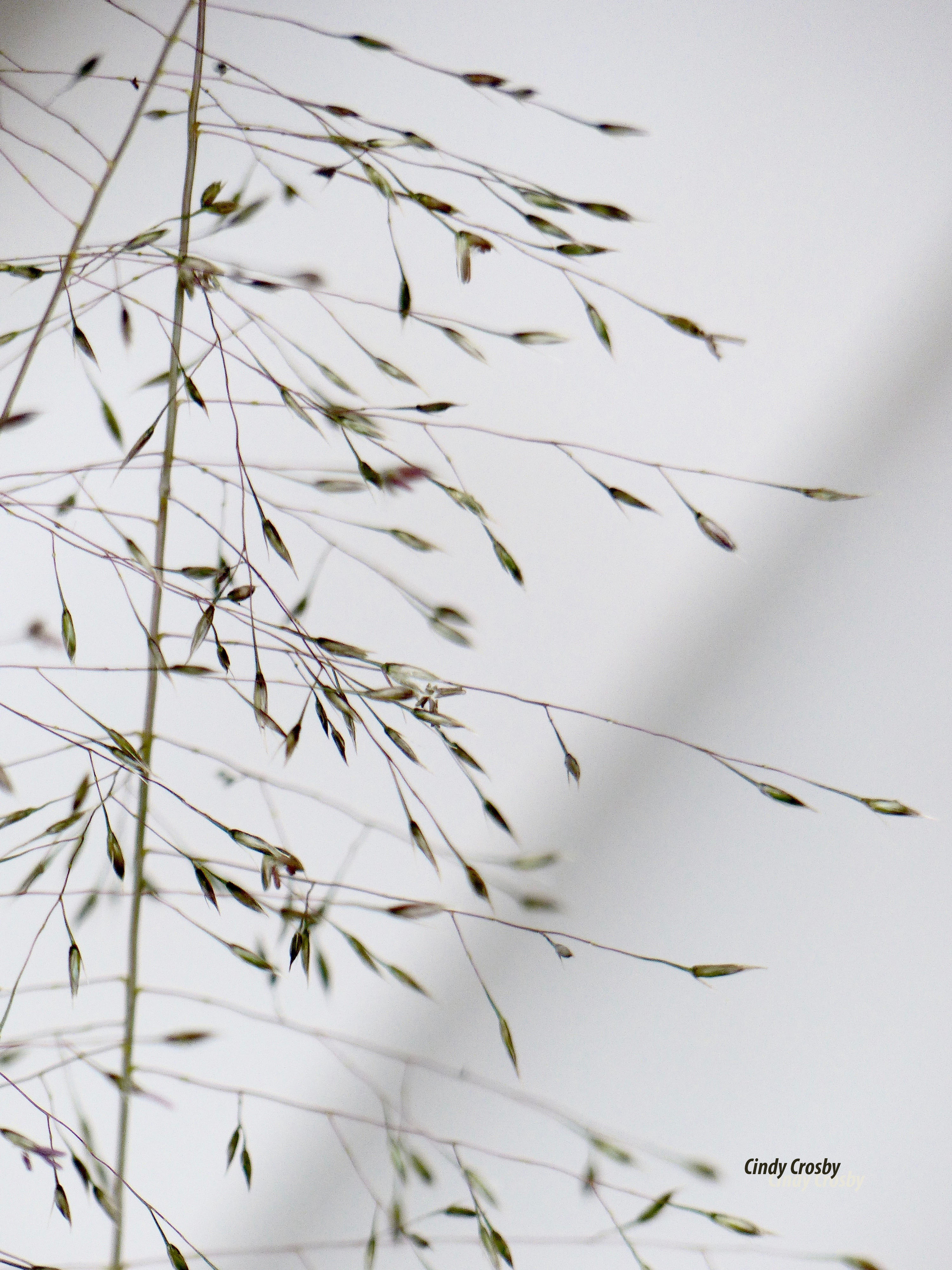“I feel like it’s rainin’ all over the world.”–Tony Joe White
*****
For the first time since spring, my fingers are stiff and cold as I hike the Belmont Prairie.

Jeff and I have this 10-acre remnant in Downers Grove, IL, all to ourselves this evening. No wonder. Rain falls in a steady drizzle. It’s 40 degrees. Who in the world would hike a prairie in this weather?

It’s worth the discomfort. With the first freeze last week, the prairie traded in its growing season hues for autumn’s deeper mochas, golds, and wine-reds. In the splattering rain, the colors intensify.

Sawtooth sunflowers, dark with wet, stand stark sentinel against gray skies. I inhale the prairie’s fragrance. A tang of moist earth; a tease of decaying leaves and grasses.

Most wildflowers have crumpled like paper bags in the chill.

But when I look closely, a few smooth blue asters still pump out color.

Panicled asters are bright white in the fast-fading light.

Wild asparagus writhes and waves, neon in the dusk.

Goldenrod galls, once brown, are now gently rosed by frost.

Goldenrod blooms are here, too, a few shining yellow wands scattered across the tallgrass.

Most wildflowers have swapped color and juice for the stiffness and starch of structure; the wisps and clouds of seeds.

These seeds promise new life next year; hard-won redemption from the summer of 2020.

Every year is precious. But I’m not sorry to see this year go.
The dripping prairie glows.

Thistle, drenched and matted, plays with the contrast of soft and sharp.

Evening primroses drip diamonds.

Sumac is luminous, splashed with crystal raindrops.

Tall coreopsis runs with water.

Let the rain set the evening alight.

And every plant glitter.

Let the prairie sing its farewell song to warm weather as it greets the dark.

A train sounds its horn in the distance. There is a rumble of metal on rails as the sun drops behind the horizon. Jeff and I head back to the parking lot. As I walk, I think of the winter to come.

The months ahead will bring their own loveliness, reluctantly embraced.

For now, it’s time to say goodbye to what was.

Then, to welcome, with anticipation and courage…

…whatever lies ahead.
*****
Tony Joe White wrote the lyrics to “Rainy Night in Georgia” which open this post. It was sung and popularized by Brook Benton (1970). A great song for a gray day—listen to it here. Bonus points if you can name White’s other hit, which he wrote and performed himself. (Check your answer here).
All photos this week taken at Belmont Prairie Nature Preserve, Downer’s Grove, IL (top to bottom): Belmont Prairie trail; indian grass (Sorghastrum nutans); stream through the prairie; sawtooth sunflowers (Helianthus grosseserratus); unknown plant dead in the freeze; smooth blue asters (Symphyotrichum laeve); panicled aster (Symphyotrichum lanceolatum); wild asparagus (Asparagus officinalis); goldenrod gall; tall goldenrod (Solidago altissima); canada goldenrod (Solidago canadensis); tall boneset (Eupatorium altissimum) ; indian grass (Sorghastrum nutans); possibly tall thistle ( Cirsium altissimum), evening primrose (Oenothera biennis), staghorn sumac (Rhus typhina); tall coreopsis (Coreopsis tripteris) ; sunset on the prairie; indian grass (Sorghastrum nutans) in the rain; fall colors in the tallgrass; compass plants (Silphium lacinatum) in the rain; tall coreopsis (Coreopsis tripteris); sawtooth sunflowers (Helianthus grosseserratus) at sunset; fall color on a rainy day prairie trail.
******
Join Cindy for a class—or ask her to speak virtually for your organization. Booking talks for 2021. Email Cindy through http://www.cindycrosby.com.
Literary Gardens Online: Friday, Dec.4, 1-2:30 p.m.CST– Join master gardener and natural history writer Cindy Crosby from wherever you live in the world for a fun look at great (and not-so-great) gardens in literature and poetry. From Agatha Christie’s mystery series, to Brother Cadfael’s medieval herb garden, to Michael Pollan’s garden in “Second Nature,” to the “secret garden” beloved of children’s literature, there are so many gardens that helped shape the books we love to read. Discover how gardens and garden imagery figure in the works of Virginia Woolf, Elizabeth Goudge, Rumer Godden, May Sarton, Mary Oliver, Elizabeth Gilbert, Henry Mitchell, Barbara Kingsolver, and Lewis Carroll–and many more! This class is online. Register here through The Morton Arboretum.
Just released in June! Chasing Dragonflies: A Natural, Cultural, and Personal History.

Order now from your favorite indie bookstore such as the Arboretum Store and The Bookstore of Glen Ellyn, or online at bookshop.org, direct from Northwestern University Press (use coupon code NUP2020 for 25% off), or other book venues. Thank you for supporting small presses, bookstores, and writers during these unusual times.
Want more prairie? Follow Cindy on Facebook, Twitter (@phrelanzer) and Instagram (@phrelanzer). Or enjoy some virtual trips to the prairie through reading Tallgrass Conversations: In Search of the Prairie Spirit and The Tallgrass Prairie: An Introduction.








 next season, the flowers disappear.
next season, the flowers disappear.

